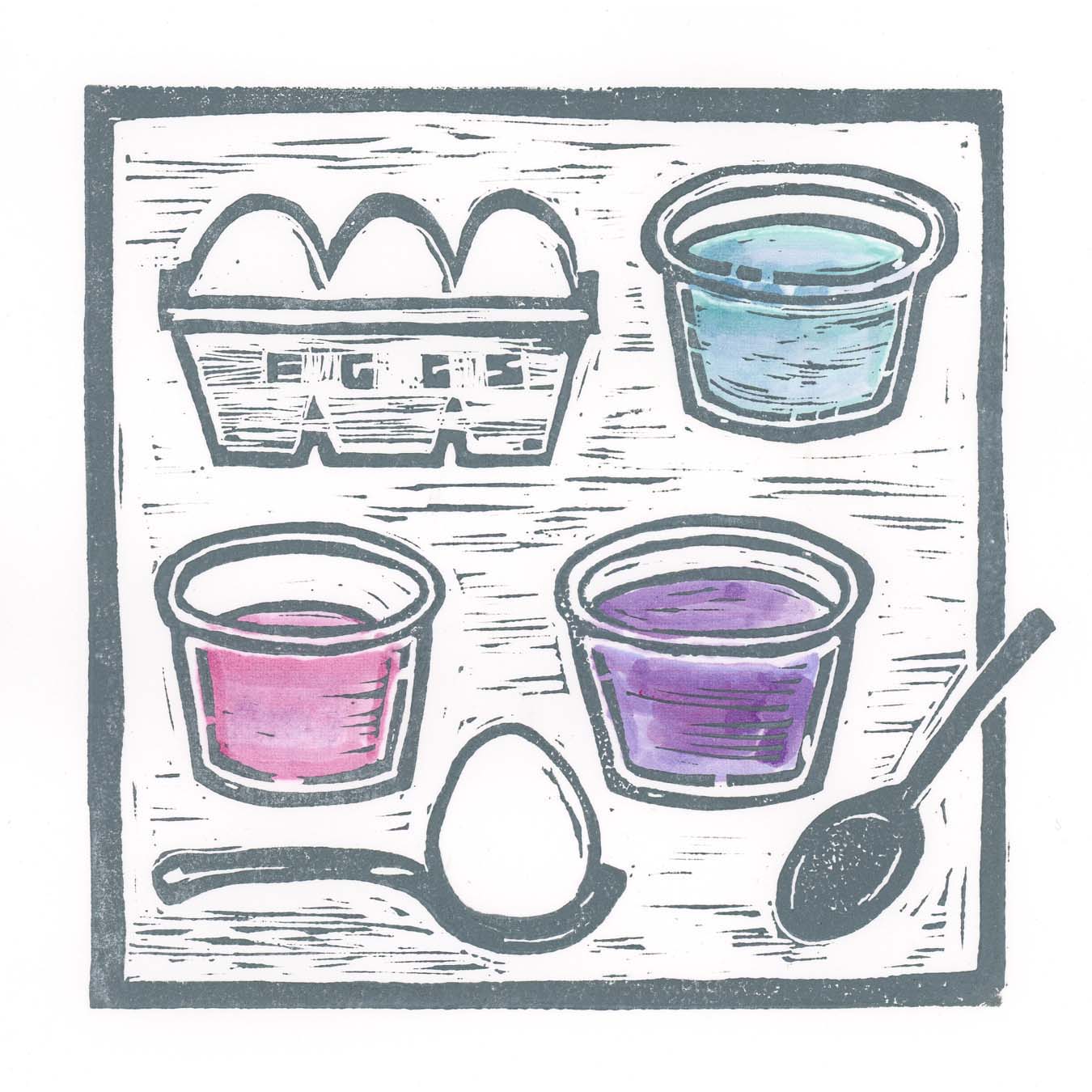Prismacolor colored pencil on Canson Mi-Teintes paper
8" x 10"
Even those of us who draw "unplugged" spend a good deal of time working with digital tools to get our images out into the world. But making sure that
what you see is as close as possible to
what I drew involves navigating the image through a labyrinth of
variables. Scanners, printers, and monitors all have their own settings, while papers come with ICC profiles; it can be a bit daunting to say the least. I've spent enough time experimenting with my scanner, printer, and different papers to be able to get fairly accurate results on a regular basis. But if I had to walk into
someone else's studio and use
their equipment, I'd be back at square one. And I don't want to spend hours and hours with tutorials and manuals—
I want to draw stuff.
This abalone shell drawing was a great example of how frustrating this process can sometimes be. The two WIP drawings below, and the final drawing above, were scanned on my scanner
at the exact same settings. I guess the colored paper is a challenge for my Epson V600 scanner; the majority of my work is on a white background which plays well with others. As you can see, I sometimes slide a little CMYK swatch in on the side; it helps to give me a baseline of sorts.
I thought it'd be interesting to print the 3 drawings out and lay them next to the drawing itself—of course,
more variables enter the picture here with the printer getting involved. Now, as you're looking at the resulting photo at the top of this post, you're at the mercy of, yes,
even more variables: my camera, your monitor, the color of the daylight. But, amazingly, I found that the final printed scan isn't too far off from the final drawing. Why? I haven't the faintest.
At this point, I
could tweak the image digitally and fix some things that jump out at me now that it's on the screen, but if I make any changes, it's always back on the original drawing. With an eraser and a pencil. Real ones, with very few variables.
And then it'll be time to scan it again.
A note about the subject:
I once had a neighbor that enjoyed abalone diving off the coast here in Northern California, and we enjoyed eating the fruits of his labor and saving these beautiful shells. Abalone is delicious, sort of a cross between scallops and lobster. The "mother-of-pearl" iridescence was the real challenge here; I have much to learn about rendering that texture. How apropos that the paper color is called "Pearl"!


























